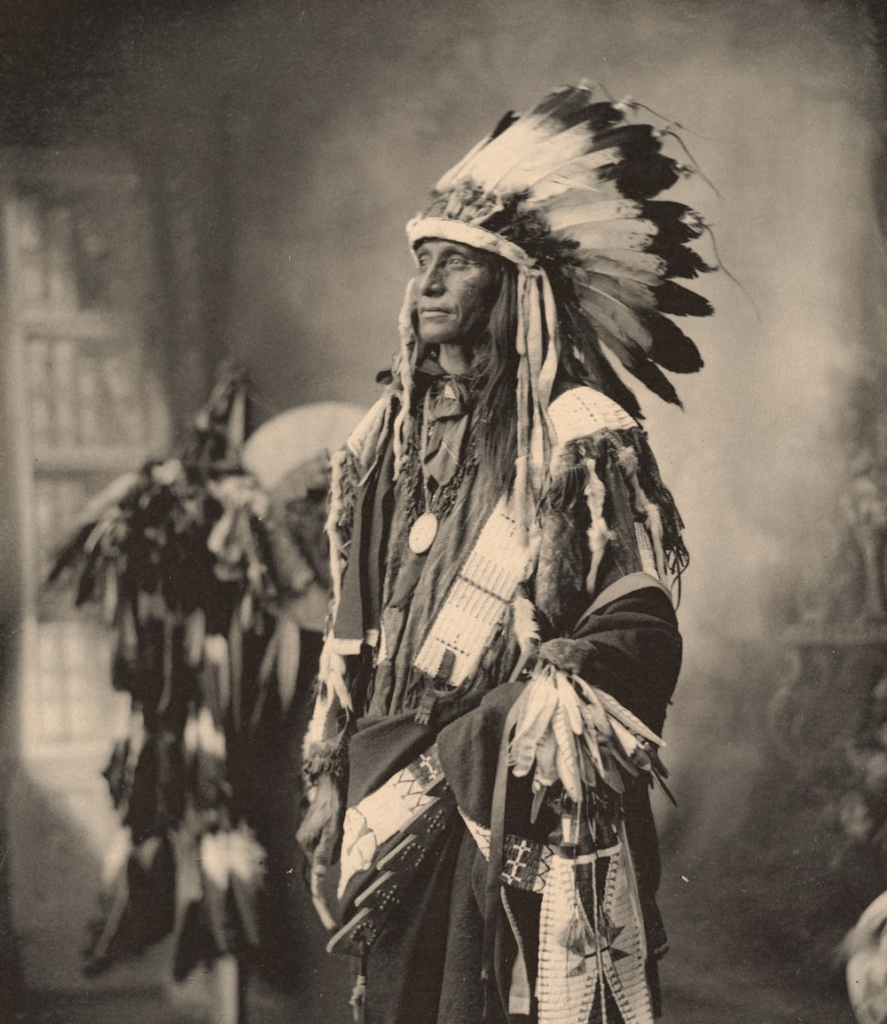
Your American Native ancestry is an integral and special part of your identity. Your Native American ancestors have the oldest ties to this land, and as their descendants, you should be proud of the rich culture and traditions they’ve passed on to you.
Right now, there are about 6.79 million Native Americans in the US. However, each comes from a distinct tribe and family, with its own values, tradition, and stories. Take the time to dig deeper and honor your unique Native American heritage. You can start by tracing your ancestry:
Start by Tracking Down the Tribe
There are 574 officially recognized Native tribes; find out which one your ancestor belonged to. This will not be easy to determine, but it’s a crucial first step in your family research. Note that although a DNA test will most likely show a percentage of Indigenous ancestry if you have enough to be detected, it’s important to know that a DNA test can not determine what tribe your ancestors were descended from.
One of the basic strategies for you to use here is to find the geographical locations of your ancestors’ births. Once you know these localities, check historical data to see which Native tribes lived in these areas at that time (the regions may still have a significant Native population). This will help you come up with a list of possible tribes that your ancestor may have belonged to, based on where they were born.
Learn About Tribal History

Once you have a fair idea of the tribe your ancestor was a part of, it’s a good idea to brush up on tribal history. From online sources to in-depth books found in public libraries, many sources can help you find general information on Native Americans and their history—classified by the tribe. For more accurate information, though, look at work produced by University Press.
Additionally, speak to people in your family and learn family stories, legends, and traditions. Once you have both sets of information, you can compare and analyze it all to see what seems to fit within the historical context.
Probe the National Archives
The National Archives are one of your best bets for information about Native American ancestors. This is because, throughout America’s democratic history, the federal government had frequent interactions with the Native tribes. These interactions resulted in helpful records you can use for your family research. You can find them in the National Archives’ Native American collection. Here are some records you can expect to find here:
·Tribal census rolls (these were conducted annually)
·School records
·Estate records
·Allotments and claims records
·Citizenship applications
These are some of the tips that may help in finding your native American ancestors. That being said, some ancestry records may be very elusive. So, if you’re struggling with research and need help building your family tree, reach out to us at DavisDNA And Family Research. We offer traditional and genetic genealogy services and can help you trace your Native American ancestry.
